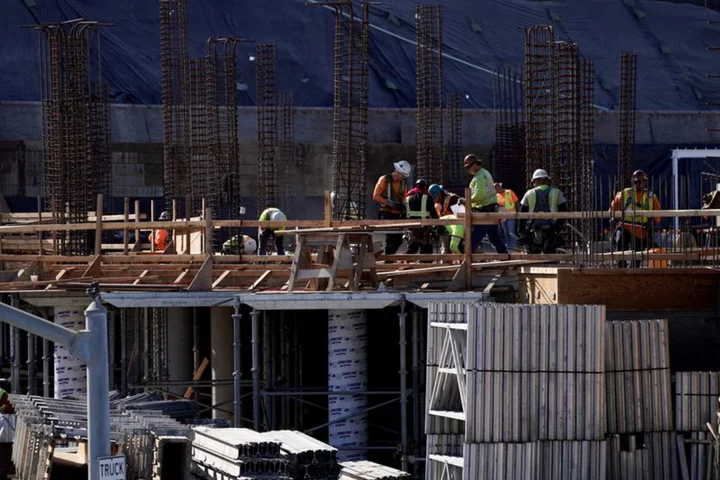By Doyinsola Oladipo and Bianca Flowers
NEW YORK U.S. hotel executives say they are betting on brands that specialize in extended stays for travelers, viewing those projects as less risky given the struggle developers face in securing financing for new construction.
Hotel room supply in the United States is currently at multi-year lows, causing prices to rise, but it is hard to finance new construction due to high interest rates, executives said at a New York industry conference on Monday.
Debt markets, jitters in the regional banking industry that lends to developers and longer construction times are all affecting the pool of hotel rooms available, executives said at the NYU International Hospitality Industry Investment Conference.
"That's a multi-year set of circumstances which leads to historically low levels of new supply," said Anthony Capuano, Marriott International's chief executive.
But extended-stay operations - which offer long-term accommodations with self-serve laundry facilities and in-suite kitchens - are easier to fund and have higher margins, and cater to the growing market of traveling professionals like nurses, executives said.
"When you have a select service when it's just rooms and free breakfast – there’s no concierge, there’s no spa – it just simplifies the operations. The risks are lower and the margins are higher," said Evens Charles, chief executive officer of Washington-based real estate and hotel operator Frontier Development and Hospitality Group.
Big brands like Marriott and Hilton are jumping in with new plans that target the sector.
Marriott International Inc on Monday said it would expand in the affordable mid-scale lodging segment with a new extended-stay brand called Project MidX Studios to be built outside city centers that costs an average of $80 a night.
Hilton Worldwide Holdings in May announced plans for a limited service, extended-stay option called Project H3 while Hyatt Hotels in April announced Hyatt Studios, the company's entry into upper-midscale lodging in the Americas.
"A way to combat the lower supply outlook for those brands is to introduce these new brands in the lower chain where the money is flowing or developers are still developing, because the economics are still working," said Michael Bellisario, director of equity research at Baird, a private wealth management firm.
(Reporting by Doyinsola Oladipo in New York and Bianca Flowers in Chicago; editing by Deepa Babington)

